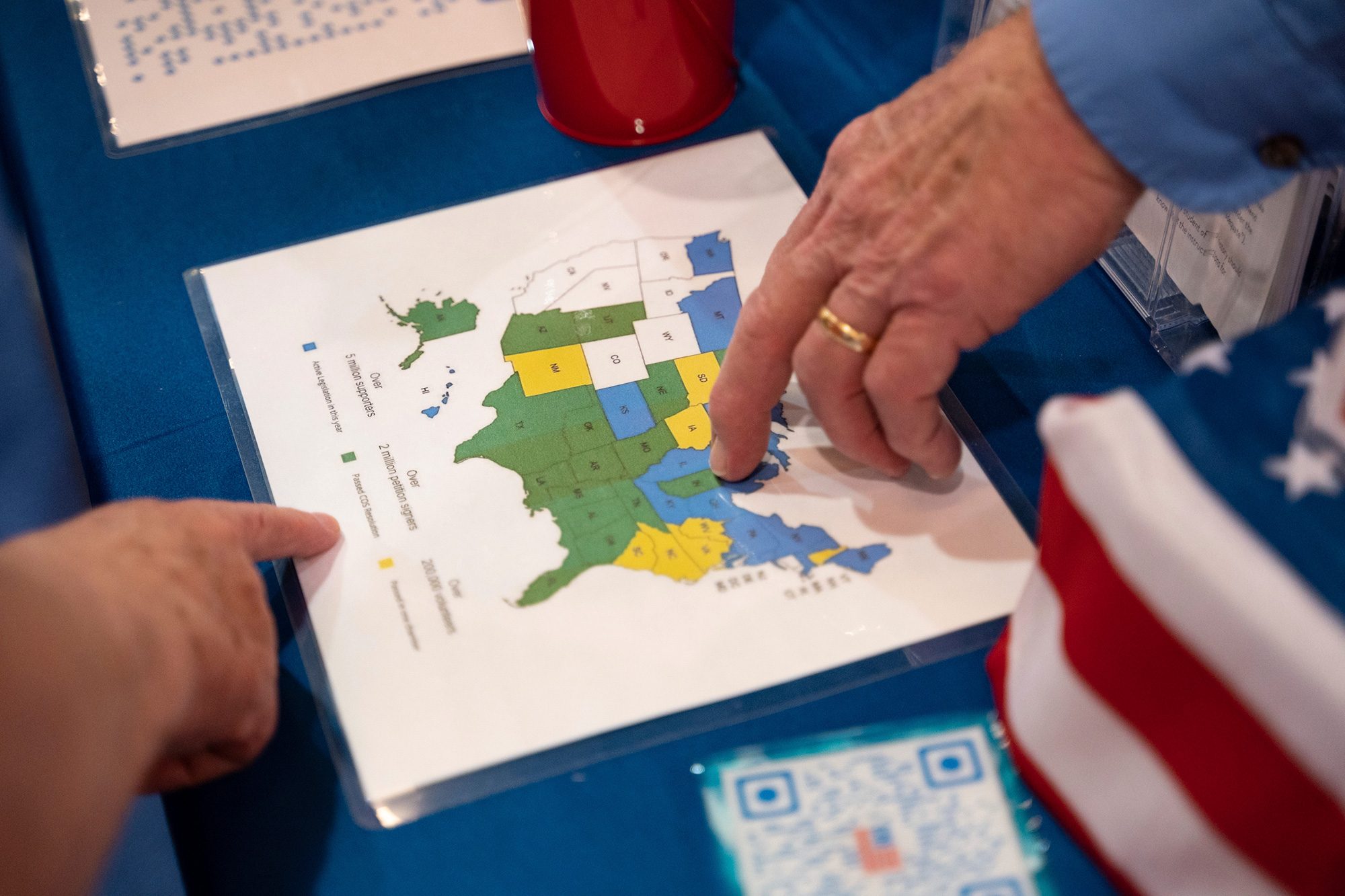Congress is off for the next five weeks – and out of session nearly half the year.
Congress is going on summer vacation even earlier than usual.
House leaders canceled votes that were scheduled for Thursday July 24, so lawmakers are heading home on Wednesday night. They won’t be back until after Labor Day in September.
That’s over five weeks without any business being done on Capitol Hill: no floor debates, no committee hearings, no votes.
While the annual August recess is the most visible instance of Congress taking days off, it is by no means their only chance to spend time at home. In fact, over the last 50 years, the House has averaged only 147 days in session per year.
That means there’s 113 weekdays – 22 work weeks! – per year when Congress is not meeting in the Capitol.
For comparison, the average American employee works well over 200 days per year:

To be fair, Members of Congress don’t spend all their recess days doing nothing. The House calls days out of session “district work periods” for a reason: Members can use that time to meet with constituents, visit local businesses, hold town halls, and handle casework – things that require being back home.
But exactly how much time do they spend on that crucial district work? It’s hard to say. Some of the “work” blurs the line between genuinely helping constituents and helping Members get re-elected.
The National Republican Senatorial Committee, the GOP’s Senate campaign arm, sent out a memo calling the August recess “a critical opportunity” to sell their voters on the One Big Beautiful Bill.
“Communicating the widely popular provisions within the [One Big Beautiful Bill] effectively will be essential to turning out the coalition Republicans need to win in next year’s midterm election,” the memo reads.
Winning the midterms may very well be the top concern for elected officials in Washington, but Americans have their own issues they want addressed. Spending five weeks campaigning is not what Americans are asking for.
Related
Peyton Lofton
Peyton Lofton is Senior Policy Analyst at No Labels and has spent his career writing for the common sense majority. His work has appeared in the Washington Examiner, RealClearPolicy, and the South Florida Sun Sentinel. Peyton holds a degree in political science from Tulane University.





You must be logged in to post a comment.